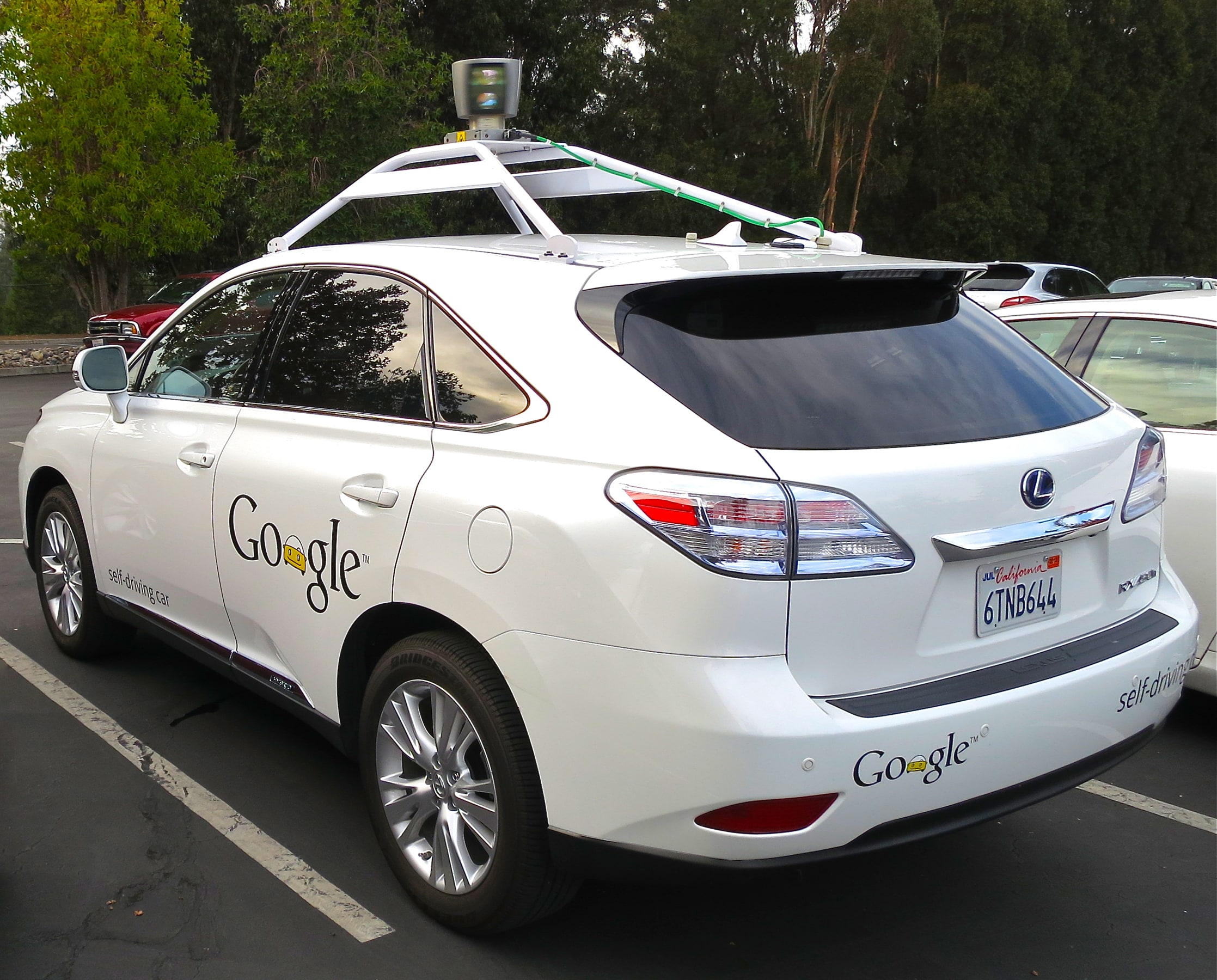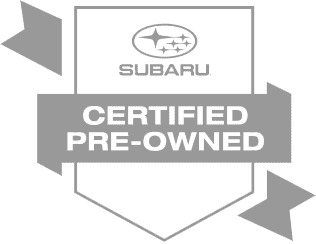
More auto manufacturers trying their hand at developing self-driving cars -- will Subaru join the pack? Google started the trend with the Self-Driving Car Project, and as research continues to improve and interest continues to grow, autonomous vehicles are starting to look more and more like a reality. Legislation allowing self-driving cars has been passed in four U.S. states and in Washington D.C. Things are certainly looking bright for driverless vehicles, and there's no denying that it's an exciting technology, but will they ever replace regular vehicles?
Tesla, Volvo, and Toyota are just a few of the manufacturers that are developing self-driving vehicles. There are, however, even more companies that are incorporating cameras and sensors to assist driving, rather than automate it. Subaru EyeSight is just one of the systems that implements crash-prevention and driver- assisting technologies.
But using technology to make driving safer for people and using technology to replace human drivers are two different things. Google has spearheaded the movement for automated vehicles, and has done rigorous testing in the lab as well as in the field.
Google’s driverless vehicles started road testing in 2012, and have since driven over a combined 1 million miles, which the company says is basically the same as 75 years worth of driving for the average American. In that time, those vehicles have approached hundreds of thousands of stoplights and stop signs as well as hundreds of millions of other vehicles. So far, those vehicles have only been involved in 14 minor traffic accidents.
People have made the argument that self-driving cars are unsafe, because of these accidents. However, it’s reported that there are 10 million traffic accidents each year, and before driverless vehicles, there was someone behind the wheel for 100% of those accidents. Statistically speaking, self-driving cars are safer than human drivers. Numbers aside, according to Google, all 14 of those traffic accidents were actually caused by drivers in other vehicles.
There are a lot of advantages to driverless vehicles. Sensors don't get sleepy and don't lose focus, which means that roads would be safer, and long car trips would be much easier. But while there would be advantages to cars that don’t require a human driver, will they actually replace regular vehicles?
Self-driving cars can't replace drivers until everyone buys into driverless vehicles. Currently there are only four states that have passed legislation for driverless cars. That's nowhere close enough to think that automated cars will replace regular cars any time soon. But if the trend continues, it could be just a matter of time before self-driving Subarus start roaming the roads!





